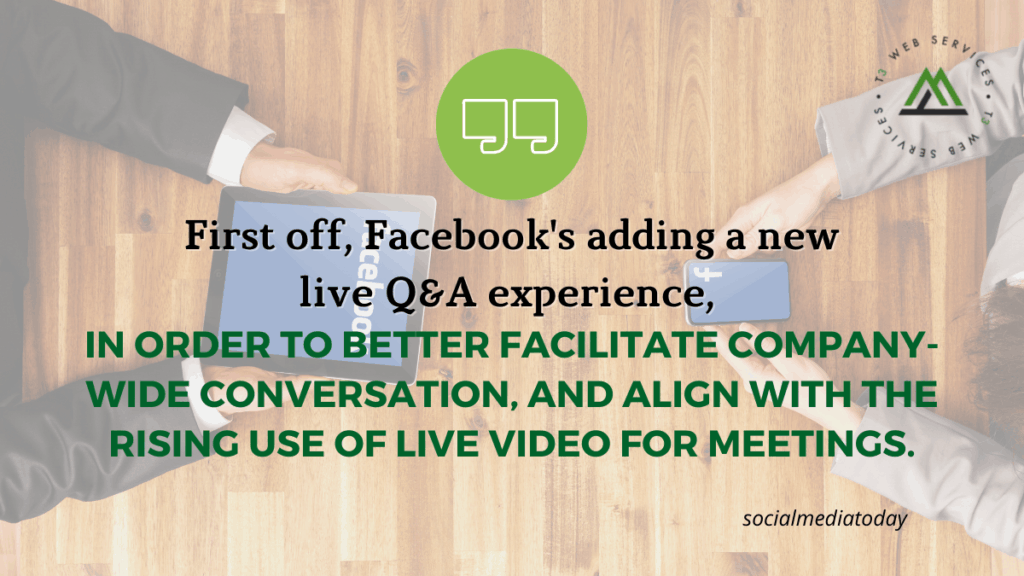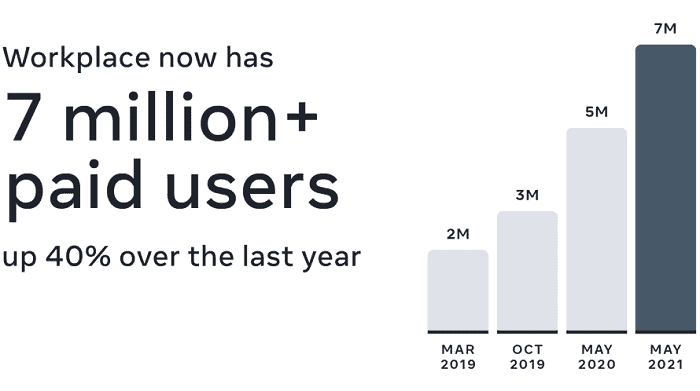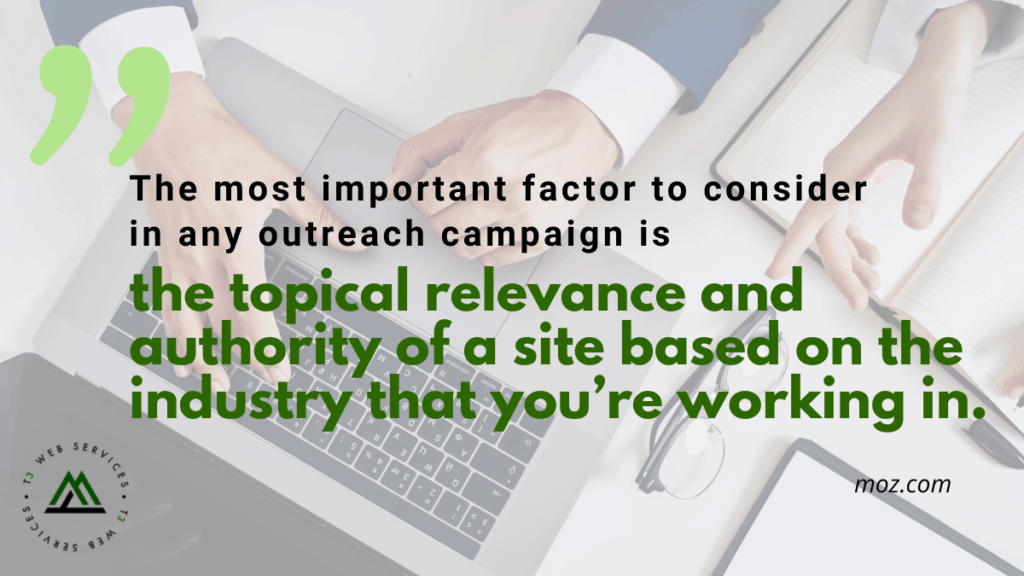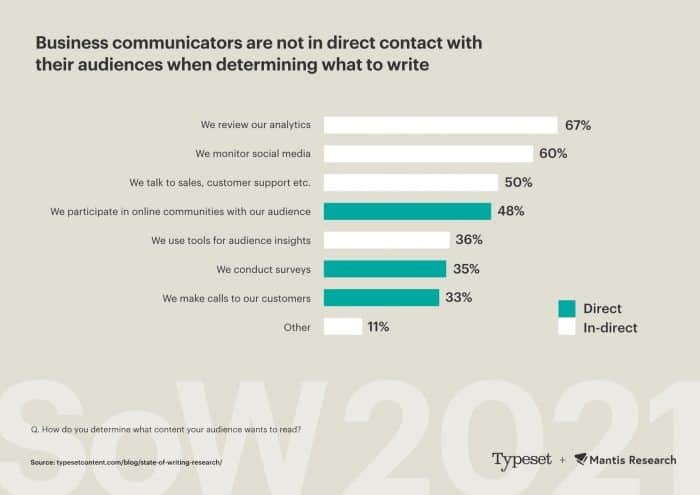The concept of a “content audit” has become increasingly popular over the past few years. In short, a content audit involves looking at all of the pages on your site and determining which are worth spending time to improve or optimize. Content that makes an impact can significantly boost search visibility and contribute to your overall online strategy. But how do you know which pieces are worth spending time on? Find out here!
6 Steps to Help You Decide Whether to Optimize Your Failed Content


1. Check for the content marketing sweet spot
Ask:
- Is the content about something truly important, useful, and relevant to your audience?
- Is it about something your organization has unique knowledge, skills, or expertise in?
2. Browse your own library
Before you spend more time on the failed content, make sure you don’t have something similar that’s performing well. If you do have something similar, you can stop your evaluation here and focus on updating or optimizing the content piece that performs instead.
3. Set your content tilt
If you’ve decided the content is in your sweet spot and you don’t have similar content, you now need to understand why this piece didn’t perform. One likely reason is that it plays it too straight – in other words, your content lacks a tilt.
If you suspect your content failed because it’s the same as what everyone else is publishing, see if you can reframe it with a tilt. Look for gaps in what competitors are writing on the topic and adjust your piece to tackle a different angle.
4. Raise the visibility
Once you’ve confirmed or adjusted your tilt, address the possible challenge of your audience to find the content.
SEO plays a big part in discoverability; now that you’re committed to saving the piece, put in the time to optimize it.
5. Sweat the headline and the lede
You know that old saying: You never get a second chance to make a first impression. You probably rolled your eyes when your parents said it for the umpteenth time. But it rings especially true when it comes to content. Your headline and lede are that first impression.
6. Optimize the CTAs
If the content gets little traffic, the number of conversions will likely be low. But if the percentage of people who convert from the content is low, you have some work to do on your calls to action and other conversion triggers.

https://contentmarketinginstitute.com/2021/05/content-failed-six-tips-evaluate/
10 Ways to Leverage Social Media in eCommerce


Social Media in eCommerce: A Quick Intro
Before undertaking a journey to success in social media, let’s take a look at some important statistics.
Businesses today understand the tremendous benefits of social media marketing. In the United States alone, in companies with more than 100 employees, 91.9 percent of marketers leverage social networks in 2021.
Blending with the audience becomes the first step for modern entrepreneurs to successfully develop their businesses. This is quite understandable since no Internet resource can compare with social media popularity.
1. Make Use of Shoppable Tags
Shoppable tags allow users to start their shopping experience right from the click on the social media posts. There are three major platforms that allow jumping straight to shopping. They are Instagram, Facebook, and Pinterest.
2. Employ Instagram Reels and TikTok
Since the introduction of this feature in 2020, Instagram has made Reels marketing a new trend in the eCommerce business and encourages more and more sellers to utilize it. Instagram Reels is about creating videos to entertain and engage your audience. This is similar to TikTok, where short videos (15 to 30 seconds long) can be honed with music effects and filters to gain more attention from the followers.
3. Consider Live-Streaming
The approach in which the business became interested in selling through live streams was called live commerce. Thus, live commerce is online sales of goods through live broadcasting by an expert or influencer (blogger or show business star) to the audience of end consumers. Moreover, at this stage, the younger generation is the most receptive to streams, absorbing all the new trends.

https://nealschaffer.com/social-media-in-ecommerce/
Facebook Workplace Reaches 7 Million Paid Subscribers, Adds New Q&A and Integration Tools


Amid ongoing concerns around its potential negative impacts on society, and issues with how it can be used to spread hate, how it squeezes competition, and how controls the digital advertising market.
Despite all of these concerns, Facebook continues to grow, in new ways, and become more and further intertwined with our everyday interactive processes.
Yesterday, we reported on the rising sales of the company’s Portal smart speaker device, and today, Facebook has provided an update on yet another of its offerings, with its Workplace platform reaching a new milestone of 7 million paying subscribers, up from 5 million a year ago.

Facebook CEO Mark Zuckerberg labeled the updated user count an ‘interesting milestone‘, while also reeling off a few of the big-name clients that are now using the tool:
“We built Workplace as an internal version of Facebook to run our own company, and it was so useful we started letting other organizations use it too, including everyone from Spotify to Starbucks to the World Health Organization. More companies are starting to use our virtual reality tools for work as well, and I’m excited to build more new ways for people to work together that weren’t possible before.”
As per Facebook:
“We’ve recently launched a new functionality so you can pull content from other platforms into Knowledge Library, making migration and/or consolidation easier, so people can access your most important company content in one place.”
These are small, but functional updates, and with more people than ever now utilizing the platform, it makes sense for Facebook to keep updating its tools, and tweaking its systems in line with demand.

11 LinkedIn Analytics to Better Measure Your LinkedIn ROI


LinkedIn Personal Profile Analytics
For both sales and marketing professionals, LinkedIn analytics for your personal profile are a must. As I’ve said before, one of the best ways to become influential on any social network is to create meaningful content. And on LinkedIn, this often means being engaged with your industry at large. While a few specialties (like pharmaceuticals) might make this difficult, for most marketers it’s important to know the landscape of products and services. Ideally, you’ll know not only about your company’s products but also those of your competitor. These steps will help with your overall analytics. Here’s what LinkedIn makes available.
1. Who has viewed your profile
Depending on the type of LinkedIn account you have, there are different amounts of information available on our visitors. For people with free accounts, LinkedIn offers less information, such as a limited number of people who visited your profile. Premium accountholders get a lot more information (pictured below), including a complete listing of who’s visited your page. Be sure to query those results by industry to see who’s just curious, and who might need your attention.
2. How many times you appear in search
Knowing how often you appear in search is key to understanding your overall effectiveness on LinkedIn. Remember, on LinkedIn searches are usually different from the average name query. While our old classmates and coworkers may still do this, most searches are trying to find people in a certain industry. It might be someone looking for a certain trade, or perhaps a user searching for someone who can solve that thorny personnel problem. Either way, these LinkedIn analytics will show you how well you’re beating out the competition for eyeballs.
3. LinkedIn post analytics
Next, knowing how your posts are performing is important to increasing ROI. LinkedIn analytics are very much like those in other networks here, because they list different types of engagement. Once you find out which posts are effective, you can make more like them.

https://nealschaffer.com/linkedin-analytics/
How to Use SEO Tools to Qualify Sites Before the Pitch (for Non-Link Builders)


No one will deny that link building is one of the most important pieces of any SEO strategy. While you may have an impeccable technical setup and the best content on the internet, the truth is that Google will not reward your efforts if you don’t have the types of links to your site that signal authority.
Step 1: Bulk disqualifications
Once you know that your content will solve a problem, you can run various footprints through a tool like Scrapebox, NinjaOutreach, or Pitchbox to develop a large group of potential sites to reach out to.
Depending on the industry and footprints used in the discovery phase, you might end up with a list of a few thousand potential sites. While it’s exciting to see that many, you can also lose a lot of time by reaching out to sites that are irrelevant or low-quality.
Step 2: Use tools to identify powerful sites
At this stage, I’ve removed quite a few sites from the initial list based on their URL. Now I can assume that the sites I have in my list aren’t trying to generate guest posts, and my efforts won’t result in a link buried deep within a wiki page.
It’s important to note that the exact metrics I consider acceptable will vary based on industry, client goals, and if I’m performing local link building campaigns vs. national outreach efforts. But to simplify things, I’ll use the general baseline with the metrics below when evaluating a typical client for authoritative outreach campaigns.
Step 3: Manual review
Now that I have a small list (usually 10-20% of the original list that I started with) of sites that meet benchmarks set in each tool, I’ll begin the manual process of reviewing the remaining sites.
I think it’s important to manually check sites before reaching out to them, because I can usually find sites that are part of a PBN, or those sites that were built just to sell links, based on their design and functionality.

https://moz.com/blog/seo-tools-to-qualify-sites-before-pitch
3 Ways to Know Your Audience: Hire Them, Talk to Them, or Tease Them


“Know your audience” is easier said than done
Knowing what their audience wants to read is a challenge for almost four in 10 business communicators. That finding came in this week’s release on the 2021 State of Writing study from Typeset and Mantis Research, sent to us by Typeset’s Sarah Mitchell.
Part of the challenge comes in the way communicators try to figure out what their audience wants. Two-thirds look at analytics, while 60% monitor social media. Only half talk to their brand’s frontline contacts and even fewer actually engage directly with the audience.

WHY IT MATTERS: The State of Writing report tackles a lot of topics. But the findings around writing challenges and audience understanding should flash a warning light for content marketers. The lesson?
“Instead of relying on third-party sources, go straight to the source,” says Michele Linn of Mantis Research. When you listen and interact directly with your audience, developing content that resonates with them will be easier to create. After all, your audience’s input is usually more vivid than a bunch of content performance or search statistics.

https://contentmarketinginstitute.com/2021/04/nerf-typeset-content-column-five-content-examples/
Google Advanced Search Operators for Competitive Content Research


This post covers one method to perform that competitive content research, using Google’s advanced search operators. For simplicity’s sake, we’ll pare down the keyword research and start our journey with just one phrase: “long tail seo.”
Find your best content (site:)
long tail seo site:moz.com
“long tail seo” site:moz.com
First, what has Moz already published on the subject? By pairing your target keywords with the [site:] operator, you can search for matching content only on your own site. I usually start with a broad-match search, but if your target phrases are made up of common words, you could also use quotation marks and exact-match search. Here’s the first piece of content I see:

Our best match on the subject is a Whiteboard Friday from five years ago. If I had nothing new to add to the subject and/or I was considering doing a video, this might end my journey. I don’t really want to compete with my own content that’s already performing well. In this case, I decide that I’ve got a fresh take, and I move forward.
Target a specific folder (inurl:)
long tail seo site:moz.com inurl:learn
long tail seo site:moz.com/learn
For larger sites, you might want to focus on a specific section, like the blog, or in Moz’s case, our Learning Center. You have a couple of options here. You could use the [inurl:] operator with the folder name, but that may result in false alarms, like:
- moz.com/blog/learn-seo-in-30-minutes-a-day
- moz.com/blog/what-seos-can-learn-from-adwords
- moz.com/community/q/topic/20117/what-is-the-best-way-to-learn-seo
This may be useful, in some cases, but when you need to specifically focus on a sub-folder, just add that sub-folder to the [site:] operator. The handy thing about the [site:] operator is that anything left off is essentially a wild card, so [site:moz.com/learn] will return anything in the /learn folder.



Leave a Reply